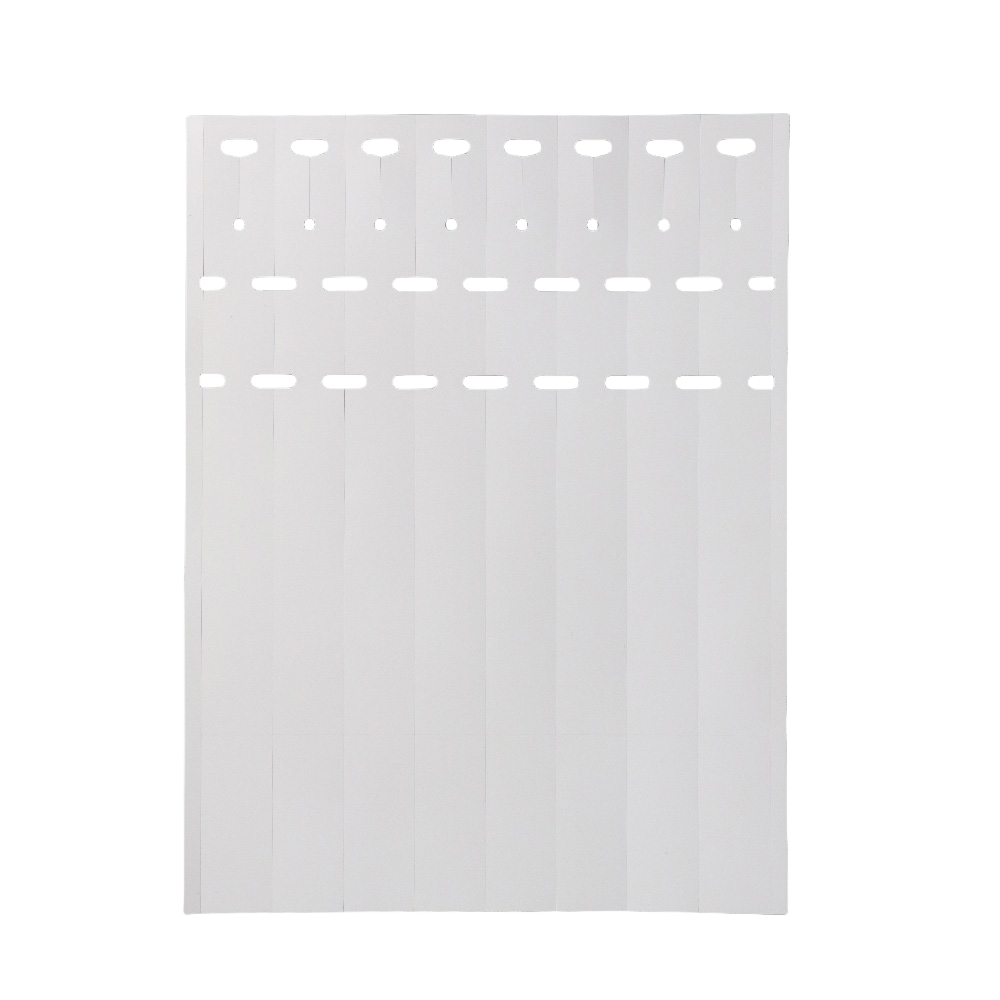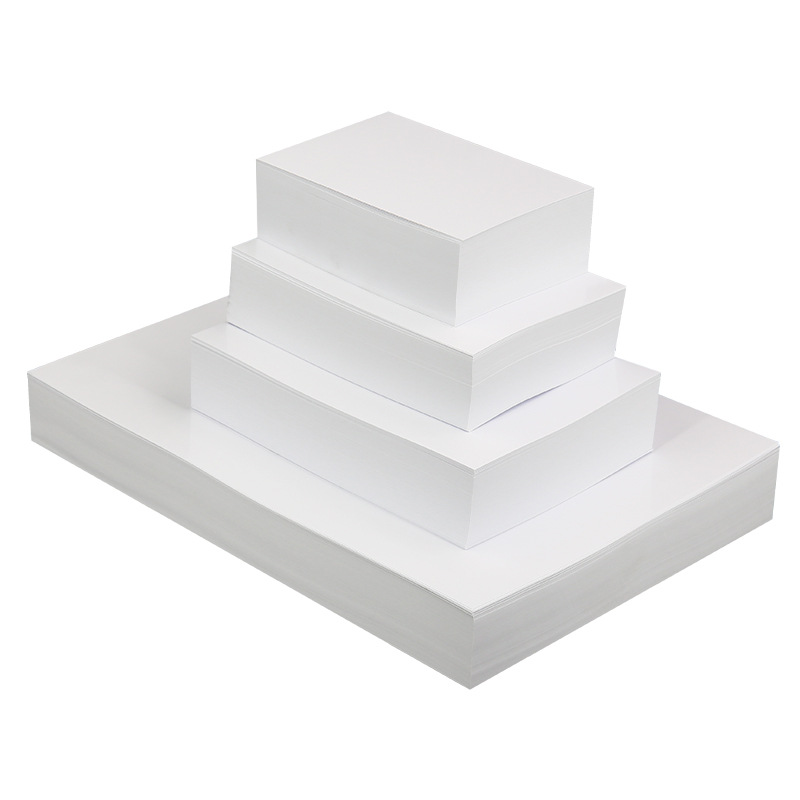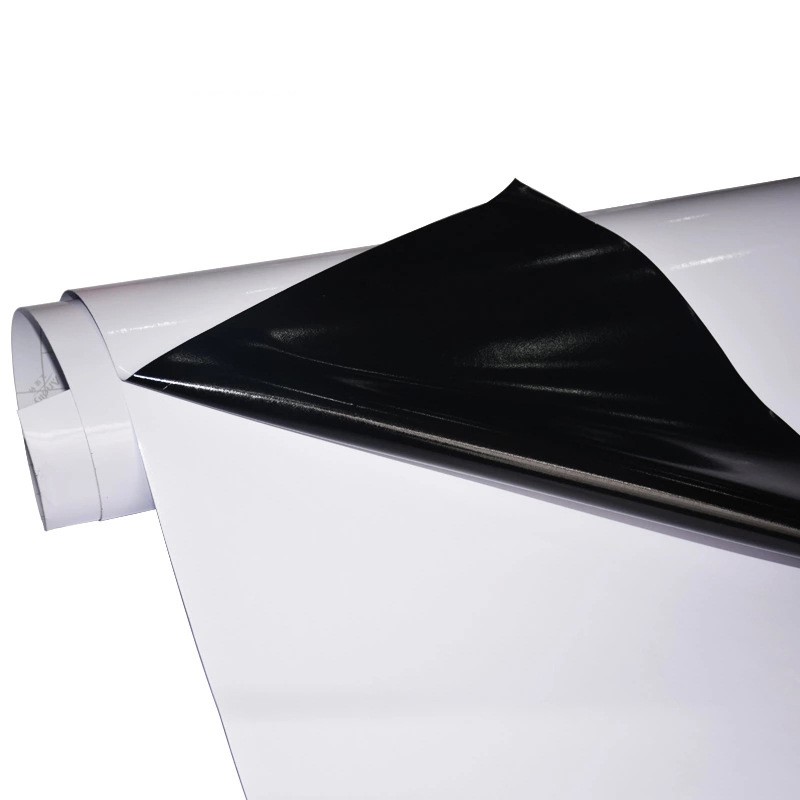Public signs
1. Entrance and Exit Signs:In public buildings, shopping malls, stations, and other places, there are usually entrance and exit signs at the locations where people enter and exit. These signs usually use arrows to indicate the location of entrances and exits, making it easy for people to find them
2. Emergency exit signs:In public places, especially in some large buildings, fires, earthquakes, or other emergency situations are inevitable.. The function of emergency exit signs is to indicate the direction of people's escape, usually using eye-catching colors and patterns, as well as text prompts, to ensure that people leave quickly and safely
3. Fire equipment signs: Fire equipment should be equipped in public places, especially in commercial buildings, schools, hotels, and other places. The function of fire equipment identification signs is to indicate the location of fire equipment, such as fire extinguishers, fire extinguisher boxes, fire hydrants, etc., to facilitate people's timely use of these devices in emergency situations
4. Prohibition signs:The function of prohibition signs is to remind people that certain actions are not allowed. For example, smoking, eating, and parking are prohibited. These signs are usually represented by red circles and slashes; Prohibited;, And add corresponding icons or text prompts in the pattern
5. Warning signs:Warning signs are used to remind people of certain possible dangers. For example, high voltage electricity, flammable materials, slip hazards, etc. These signs remind people to pay attention to safety and take corresponding preventive measures through icons, text, or colors
6. Signboards: Signboards are usually used for the management and organization of public places. For example, work schedule, parking space instructions, fee standards, etc. These signs provide necessary information and guidance through text and graphics to ensure the normal operation and order of public places

Clothing and textile labels
With so many labels to choose from, you may feel a bit confused. Do you need brand labels, laundry labels, or country of origin labels? Let's uncover the mystery behind the different types of labels you see on clothing, OwnLikes helps you choose your own labels.
Choosing clothing labels can be tricky. Maybe you're not sure what all the different labels are for, or what labels your item needs, that's okay. The term 'clothing label' includes many different types of labels that you can find in clothing or textiles, so please be patient and continue reading to clarify some of the issues you may have encountered.
If we're going to start from the basics, these are what you should know. There are approximately five different types of labels that can be found on any piece of clothing, including brand, care (including warning labels), content, size, and country of origin. This information will be conveyed to customers (or end users of the product you are labeling) so that they can fully utilize the product. Now, you may decide that your product does not require certain information, or you may wish to merge some of that information into fewer labels - both of which are possible! Below we will discuss these different labels to help inspire you to come up with combinations that are suitable for your brand.
Clothing and textile brand labels
Brand labels are where your creativity shines. These labels reflect your brand style and identity through name, logo, color, and sometimes contact information. They can be large or small, hidden or integrated into the design of items. We suggest that you choose a woven logo for your brand and only focus on some things, such as your brand name and logo. Keeping the content of these tags simple (but with rich design!) is the key to obtaining eye-catching and memorable brand tags without the need for additional information.
Clothing textile care and content labeling
Care and content labels are information labels that can be found on the clothing or textiles you purchase. These labels inform the owner of the item of what material it is made of and may also include specific cleaning or washing instructions. This label may display both symbols and multiple lines of text simultaneously, and using printed labels is very suitable for this purpose. Many care and content labels also display the country of origin, so if you want to reduce the number of labels for the entire product, you can consider adding them together. If you sell goods to the public, please make sure to check local laws and guidelines before placing an order. There are specific regulations regarding the care labels inside textiles in many places, so you need to comply with these regulations.
Clothing tags, size labels
Adding size tags to your clothes is a good idea, especially when you plan to make similar items in multiple sizes or intend to sell them. Size labels can be placed anywhere on clothing, but are typically located next to the "Care and Content" label or affixed to the brand label. You can also choose to add size information directly to the care or brand labels you have already planned to order, but this means you may need to order a series of labels if you plan to provide multiple sizes.
Hanging labels in busy retail environments can draw people's attention to your brand and products. They are usually made of thick cards and displayed in visible positions on the product to provide shoppers with information they want to know immediately, such as price and size. They are designed to be removable once the item is purchased, so many designers use their tags as a place to tell the brand story. This is a great method to help new customers better understand why your product is special while browsing the shelves.
We offer comprehensive technical support, including free professional labeling solutions, advice on label materials and adhesive selection, as well as online/offline assistance from professional software and hardware engineers. Service email: andy@ownlikes.cn. In pre-sales, we leverage our extensive experience in specialty labeling projects to provide clients with the most suitable hardware solutions. Additionally, all our label barcode printers and scanners come with a three-year free warranty, demonstrating our confidence in our products.






This site is protected by reCAPTCHA and the Google Privacy Policy and Terms of Service apply.